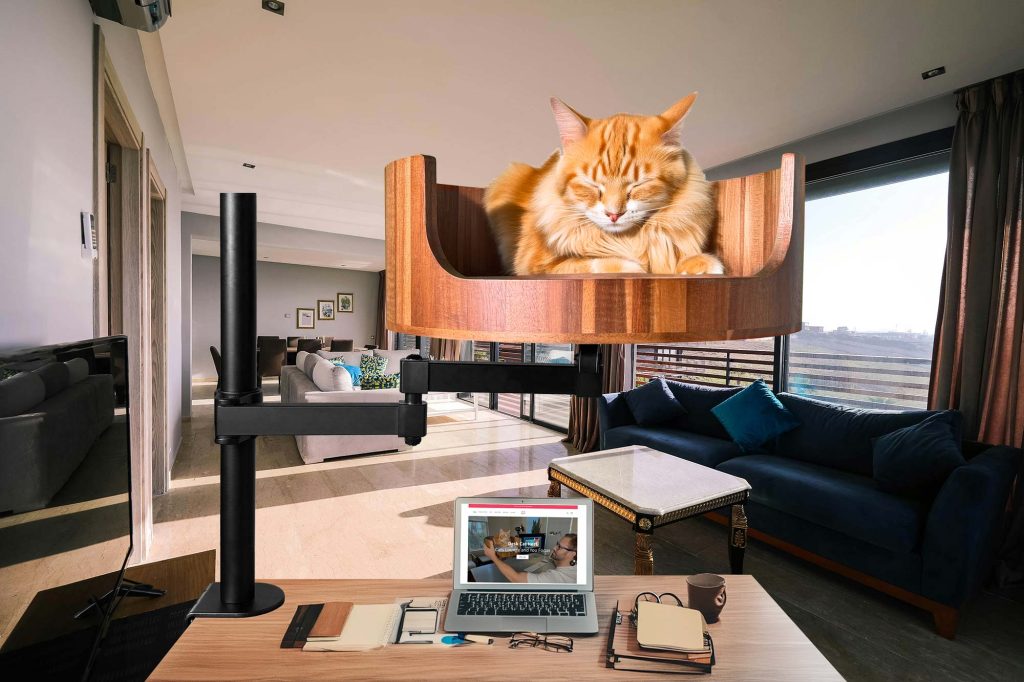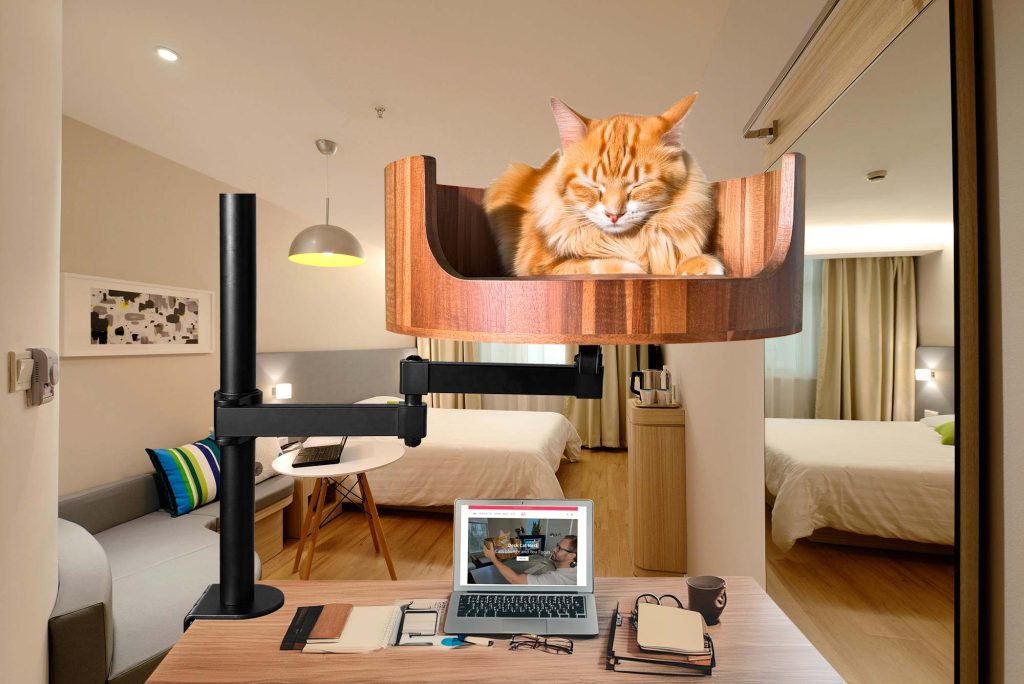Have you ever wondered if cats growl like dogs? While we may be more familiar with the fierce growls of our canine companions, feline sounds can also be quite intriguing. From purring to hissing, cats use a variety of vocalizations to communicate their moods and needs. In this article, we will explore the fascinating world of feline sounds and delve into the question of whether cats growl like dogs.
Cats are known for their independent and enigmatic nature, and their vocalizations are no exception. Understanding the meaning behind your cat’s sounds can help you better care for and communicate with your furry friend. From the soft chirps of a mother cat calling her kittens to the menacing growls of a cat feeling threatened, each sound carries its own unique message. Join us as we decode the language of cats and uncover the mysteries of their growls, meows, and everything in between.
1. Cats do not growl like dogs, but they make a similar low, guttural sound when threatened or feeling territorial.
2. Understanding feline sounds, including growling, hissing, yowling, and purring, can help cat owners better communicate with their pets.
3. Growling in cats is often a sign of fear, aggression, or discomfort, and should not be ignored or dismissed.
4. Knowing the difference between a cat’s growl and other vocalizations can help prevent misunderstandings and potential conflicts between cats and their owners.
5. Properly addressing a cat’s growling behavior requires patience, understanding, and potentially seeking advice from a veterinarian or animal behaviorist.
## Feline Vocalizations
Cats are known for a variety of vocalizations that they use to communicate with humans and other animals. These can include meowing, purring, chirping, hissing, and growling. While growling is more commonly associated with dogs, many cats also exhibit this behavior in certain situations.
## Why Do Cats Growl?
Cats growl as a form of communication to express anger, aggression, fear, or territoriality. It is a warning signal that typically precedes other aggressive behaviors such as swatting, scratching, or biting. Cats may growl when they feel threatened, cornered, or provoked, or when they are in pain or feeling unwell.
## How to Interpret a Cat’s Growl
When a cat growls, it is important to pay attention to their body language and the context in which the behavior is occurring. Signs of aggression such as dilated pupils, flattened ears, raised fur, and a stiff body posture can indicate that the cat is feeling threatened or defensive. In some cases, a cat may growl as a play behavior, but it is essential to differentiate between playful growling and genuine aggression.
## Managing Growling Behavior in Cats
If your cat is growling frequently or in response to certain triggers, it is important to address the underlying cause of the behavior. This may involve providing a safe and comfortable environment for the cat, reducing stressors or triggers, and seeking advice from a veterinarian or animal behaviorist. Avoid punishing or yelling at a growling cat, as this can escalate the aggression and damage your relationship with the animal.
Frequently Asked Questions
Do cats growl like dogs?
Yes, cats can growl like dogs when they are feeling threatened, scared, or territorial. Growling is a sign of aggression in both cats and dogs, although the contexts in which they growl may vary.
Is growling a common behavior in cats?
Growling is less common in cats compared to dogs. Cats are more likely to hiss or yowl when they feel threatened or agitated. However, some cats may still growl in certain situations.
Should I be concerned if my cat is growling?
If your cat is growling, it’s important to pay attention to their body language and the situation at hand. Growling is a clear sign of distress or discomfort, so it’s best to give your cat some space and try to figure out what is causing their behavior.
How can I help my cat if they are growling?
Provide your cat with a quiet, safe space where they can calm down and feel secure. Avoid trying to handle or pet your cat while they are growling, as this may escalate the situation. If the growling persists, consider consulting with a veterinarian or animal behaviorist for further guidance.
In conclusion, while cats may not growl like dogs, they do exhibit vocalizations and behaviors that can indicate fear, anger, or territoriality. Providing a comfortable and secure space for your cat, such as a Desk Cat Bed, can help alleviate stress and reduce the likelihood of aggressive behaviors like growling. The Desk Cat Bed offers a cozy and secluded retreat for your feline friend, promoting relaxation and a sense of security. Additionally, the elevated design of the bed can help your cat feel safe and in control of their surroundings. Investing in a Desk Cat Bed is a valuable choice to ensure your cat’s well-being and behavior in the home.


